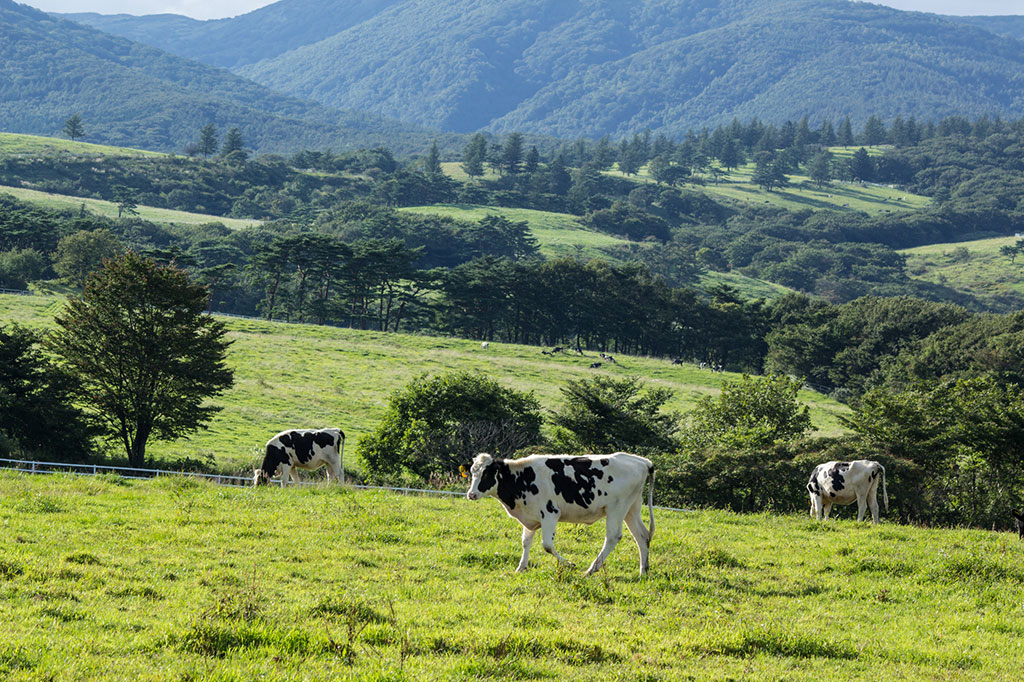

So far, we believe you have learned many attractive features of Tochigi agricultural products. Now, wouldn’t you be interested in experiencing a wider variety of deliciously prepared ingredients?
In this video, a Washoku chef teaches two foreigners living in Tochigi prefecture how to make "dashi", which is the foundation of Washoku. Then, using "dashi", they will cook takikomi gohan, oden, and miso soup using a lot of Tochigi agricultural products and savor the food!
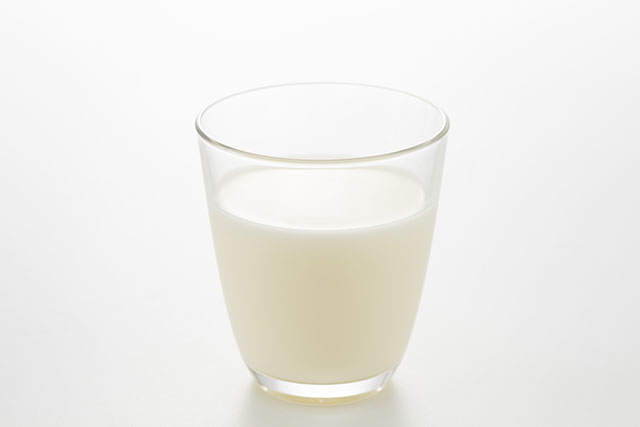
Taking advantage of the cool climate and hilly geographical features, dairy farming is active in the northern part of the prefecture. Tochigi prefecture produces the second largest amount of raw milk in Japan after Hokkaido. In Tochigi, a lot of dairy products using fresh raw milk, such as cheese, butter, and ice cream, are produced too.
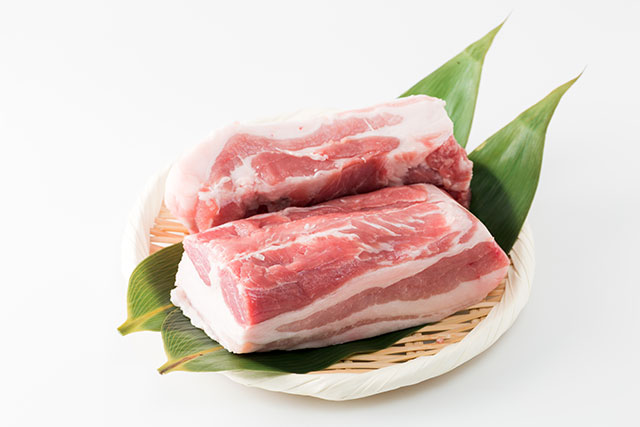
Tochigi Yume Pork is pork with uncompromised quality raised by designated producers in meticulously designed environments.
One of the characteristics of Tochigi Yume Pork is higher oleic acid content than regular pork. With the oleic acid being the source of its good taste, Tochigi Yume Pork provides a lot of natural sweetness.
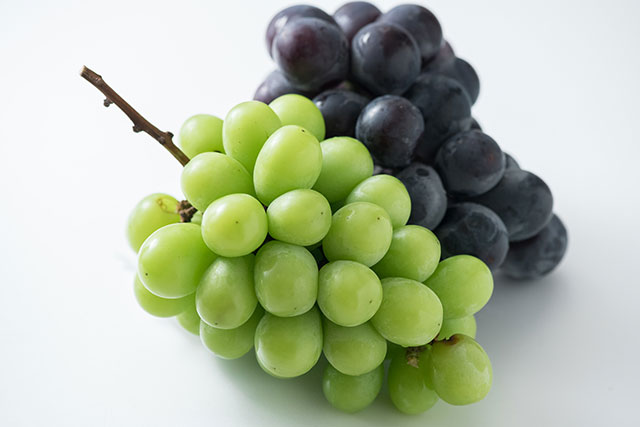
In Tochigi prefecture, "Kyoho" and "Shine Muscat" grapes are grown. There are grape farms across the prefecture that are open to tourists where they can pick and eat grapes. Tourists can enjoy grape-picking from the end of June to around the end of September. Of special note is that Tochigi Kyoho is very aromatic. To make grapes sweet, their bunches are kept small, but each grape is grown large.
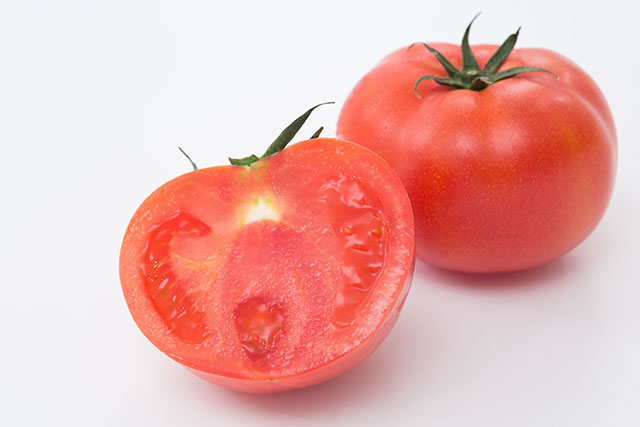
Taking advantage of one of the characteristics of Tochigi prefecture, which is long daylight hours during the cold winter, tomato cultivation primarily is cultivation of "winter-spring tomatoes" that are harvested in greenhouses between November and June. Growing under abundant sunshine, ripe winter-spring tomatoes with a strong red color have a very fine balance of sweetness and sourness.
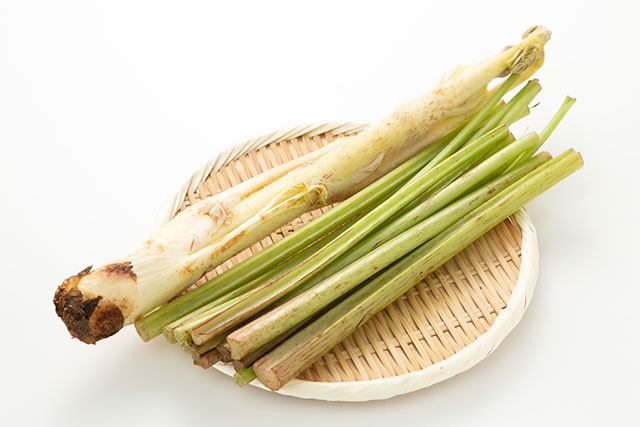
Udo is a rare vegetable with a unique taste, smell, and texture. It has a celery-like taste and texture with little bitterness and bite. It is a versatile vegetable that is good when eaten fresh or pan-fried. Udo is shipped to the market from December to around May.
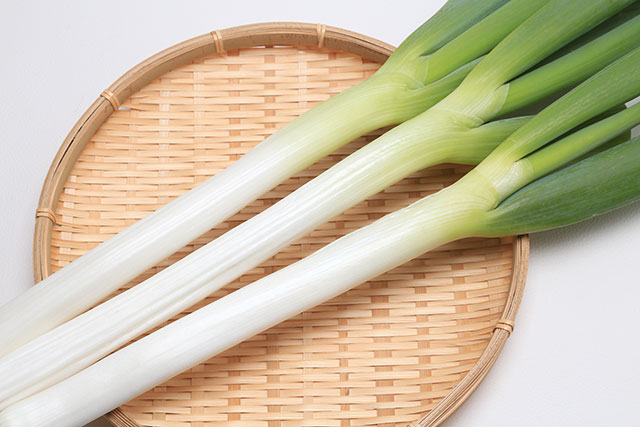
Different varieties of green onions are harvested in various parts of the prefecture from fall to winter. These varieties include "Nasu no Hakubijin Green Onion" from North Tochigi, "Nissato Green Onion" from Central Tochigi, and "Miya Green Onion" from South Tochigi. All of them feature not only tanginess, which is unique to green onions, but also strong sweetness. They are tasty when eaten fresh, simmered, or grilled.
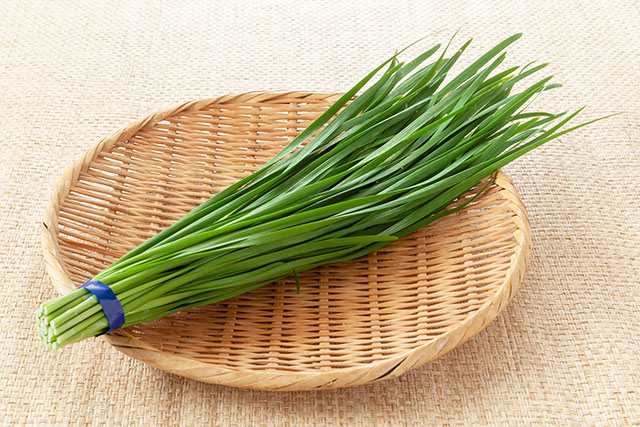
Tochigi prefecture produces the second largest amount of garlic chives in Japan. Garlic chives are nutrient-rich vegetables that are believed to help reduce fatigue and strengthen the immune system. They go very well with meat and eggs and make tasty pan-friend dishes.
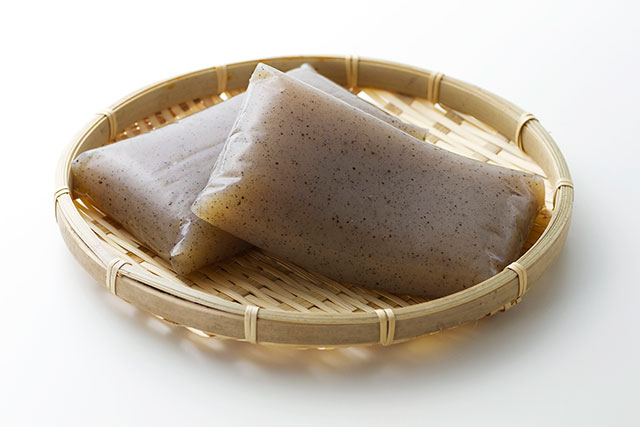
Konnyaku potatoes are grown in mountainous areas of Tochigi prefecture. The amount of konnyaku produced in Tochigi Prefecture is the second largest in Japan. The texture and firmness of konnyaku, carefully made using Tochigi's delicious water, are exceptional. Sashimi konnyaku and konnyaku in simmered dishes like oden are recommended menu options.
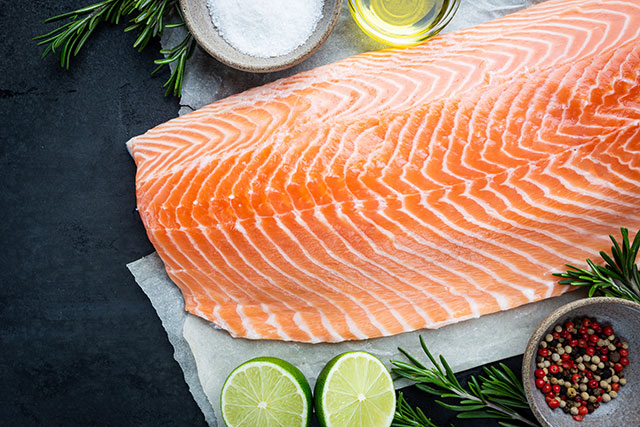
Premium Yashio Masu is the finest variety of "Yashio Masu", rainbow trout developed by a branch of the Tochigi prefectural government, and is produced by carefully raising Yashio Masu for two to three years. With soft and full flesh and a great flavor, Premium Yashio Masu is great when eaten fresh or cooked. It goes very well with a wide variety of dishes.